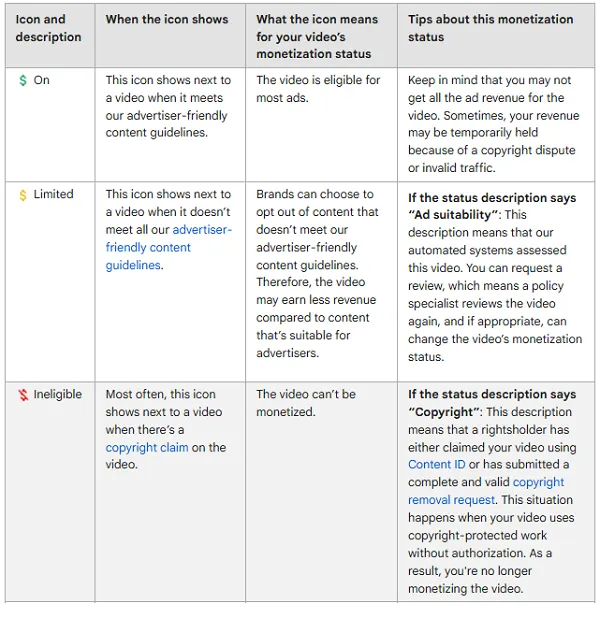YouTube Loosens Rules on Profanity in Monetized Videos
 Adshine.pro07/31/20259 views
Adshine.pro07/31/20259 viewsIn a move that many creators have long been waiting for, YouTube has updated its Advertiser Friendly Guidelines, enabling videos that include profanity early on to still qualify for full monetization.
The change effectively reverses part of a policy that had frustrated creators—especially those in gaming—since its introduction in 2023, when YouTube began restricting ad revenue for videos featuring strong profanity within the first few seconds of playback.
Back in late 2022, YouTube rolled out stricter Advertiser Friendly Guidelines that targeted inappropriate language and violence in uploaded clips. The result? A wave of demonetization across entire creator categories, most notably gaming, where content often includes in-game violence and spontaneous commentary laden with strong language.
Creators pushed back hard, citing lost ad revenue and ambiguity in how these rules were enforced. In early 2023, YouTube softened the blow slightly by narrowing its profanity rule to the first seven seconds of a video, rather than the first 15 seconds. But even that tweak left many creators struggling to maintain monetization.
“You can now use strong profanity within the first seven seconds of your video and still be eligible for full monetization,” confirmed YouTube’s head of monetization policy, Connor Kavanagh. “Previously, uploads with strong profanity in the first seven seconds were ineligible and automatically flagged with the yellow dollar icon.”
For context, YouTube’s basic monetization signals are:
- - Green icon: Full ad revenue.
- - Yellow icon: Limited or no ads (a partial demonetization).
- - Red icon: No monetization at all.

This update means fewer yellow icons, and more opportunities for creators to keep revenue intact—even if their videos start with strong language.
For years, advertisers have demanded what YouTube describes as “distance between profanity and ad placement.” That expectation was baked into the platform’s original enforcement policies. But advertiser sentiment has changed, YouTube says, thanks in part to new targeting tools that let advertisers choose the profanity tolerance level they’re comfortable with.
As Kavanagh notes, “Advertisers already have the ability to target content to their desired level of profanity.”
That said, the update isn’t a carte blanche for unrestricted language. YouTube has made it clear that:
- Strong profanity in titles or thumbnails will still trigger restrictions.- - Excessive swearing throughout a video can still limit ad eligibility.
In other words, creators can now open a video with strong language and stay fully monetized—but heavy profanity from start to finish, or in key visible areas like thumbnails and titles, remains a problem.
For creators, this is a significant and welcome change. It acknowledges evolving norms in both advertising and online content, while reducing the monetization uncertainty that has plagued YouTube’s profanity policies for more than two years.
Still, creators who want to play it safe may continue to watch their wording carefully. YouTube’s updated Advertiser Friendly Guidelines offer more detailed information on where and how these relaxed standards apply.
📢 If you're interested in Facebook Ads Account, don't hesitate to connect with us!
🔹 https://linktr.ee/Adshinepro
💬 We're always ready to assist you!
